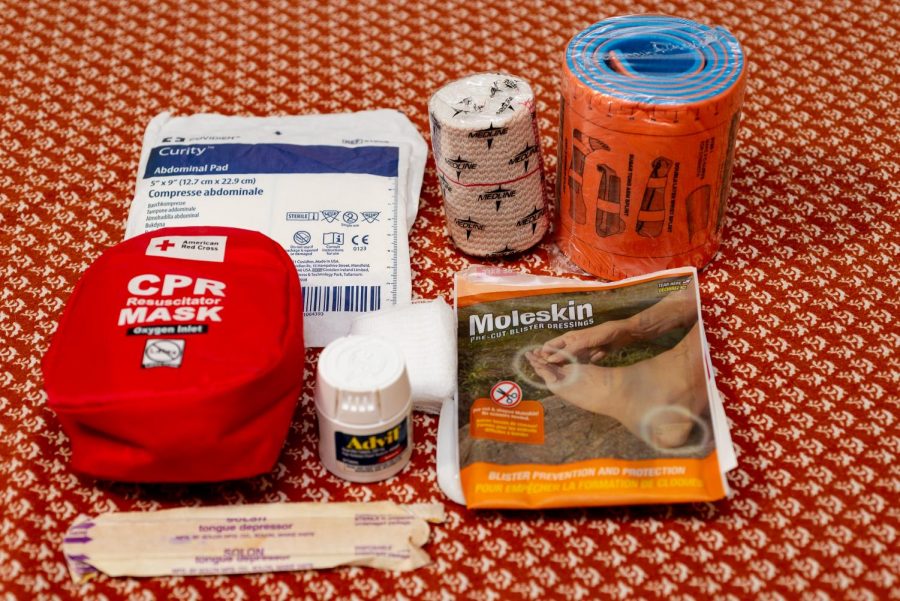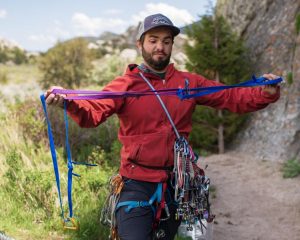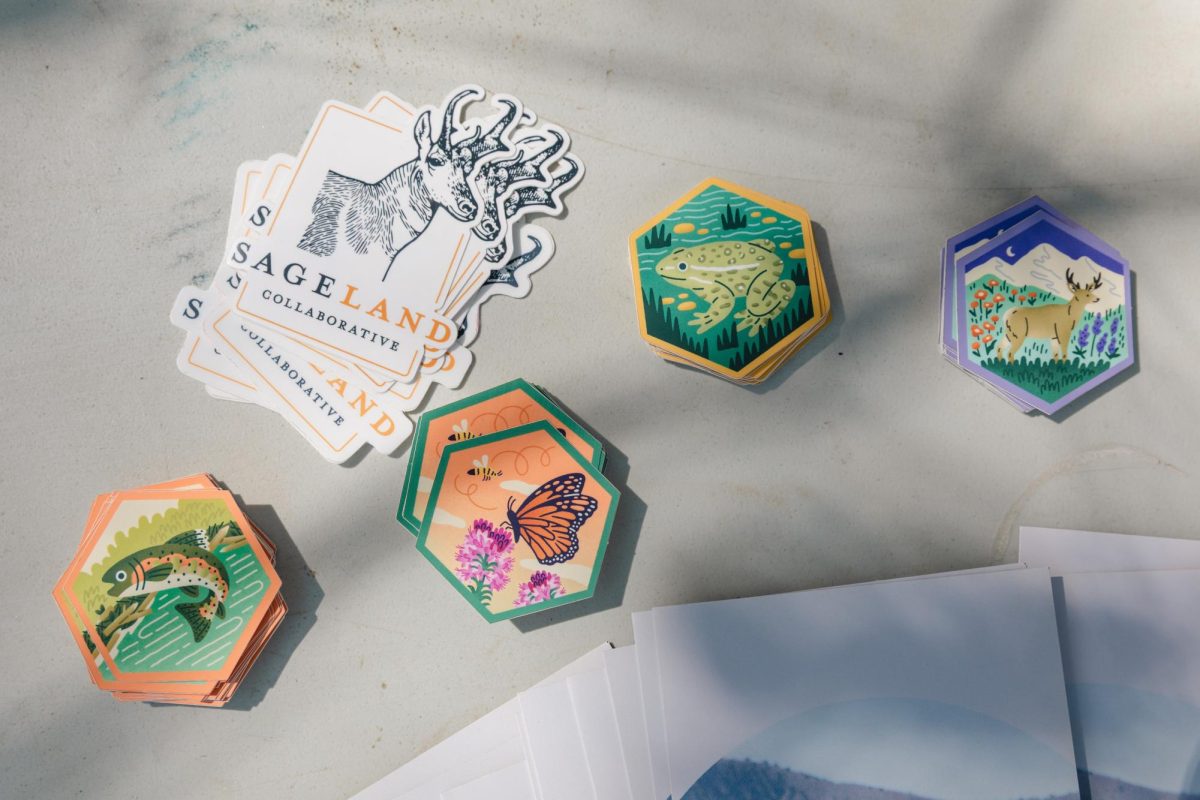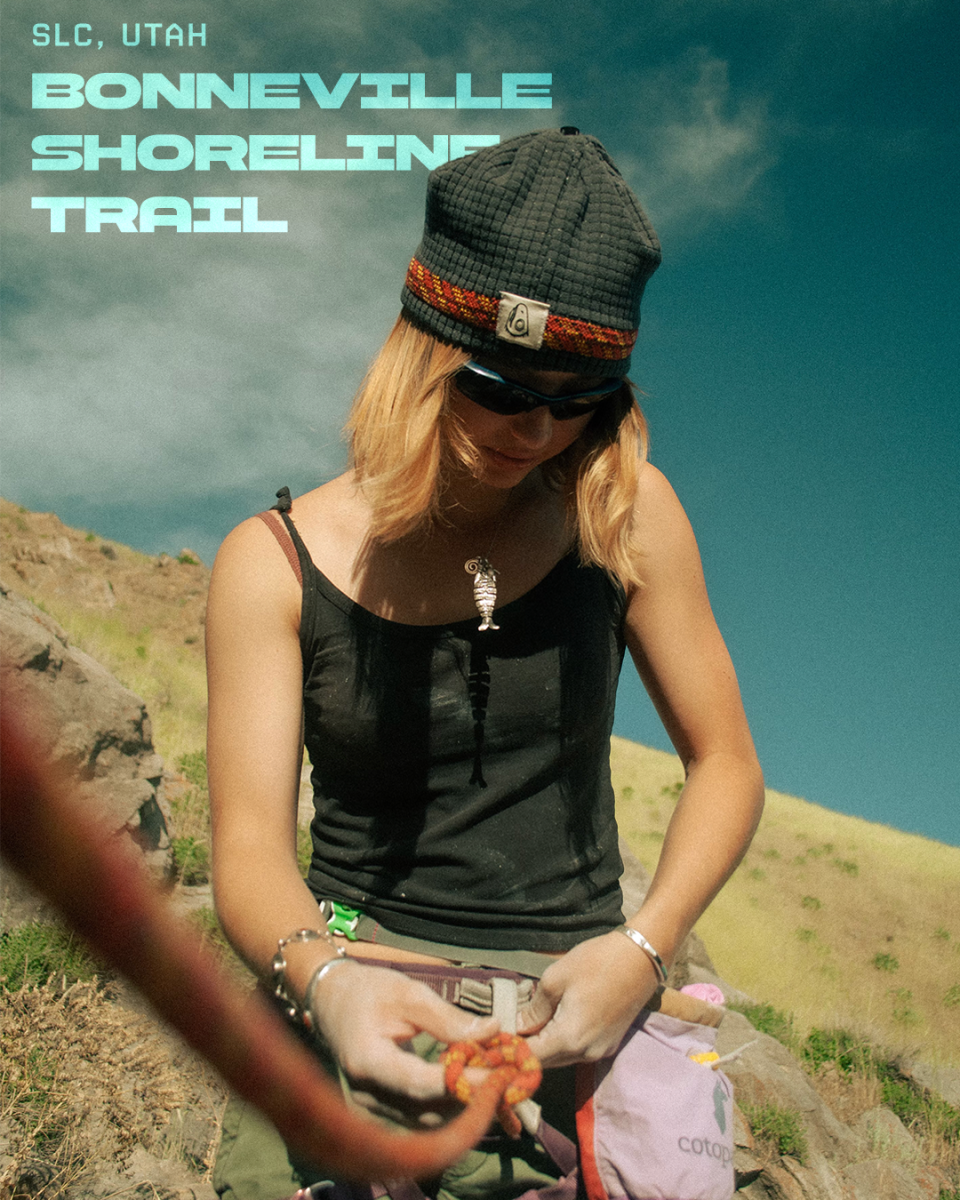First Aid for the First-Aid Kit
April 25, 2020
Take a look inside your home first-aid kit and you’ll probably find lots of things you won’t ever use or that you may not even know what to do with. The same holds true for your recreation first-aid kit. Most pre-made first-aid kits you can buy off the shelves of outdoor retailers and superstores include approximately a million band-aids and alcohol swabs plus an assortment of other random supplies. There may be expired medications, leaky packets, unhelpful snakebite kits and noticeable absences of essentials like exam gloves or scissors that can actually cut anything. There are many typical flaws in first-aid kits, but following a few simple guidelines can help you have the most effective and efficient kit for your needs in any outdoor recreation situation.
First things first, the best first-aid kit is ultimately the one that you know how to use. If there’s something in your kit that you’re not comfortable using, like an epi-pen or clotting sponge, learn how to use it! Wilderness first-aid training is an important part of effectively using a kit, and formal classes will also walk you through making your own kit. If it’s something you’re not likely to get training on, like suture for sewing an open wound, leave those things out of your kit to save on weight and space. Don’t bring anything you’re not prepared to use.
Second, consider where you are going, what you are doing, how long you’re going and how many people are going. Make sure your kit is protected from water — if that’s a concern where you’re going — and durable enough to protect its contents. Different activities require different kinds of kits — for instance, if you’re mountain biking, think about all the types of injuries crashing a bike might cause and then pack your kit accordingly. Your kit should look different if you’re going white-water kayaking than if you’re thru-hiking a trail. Make sure you have enough of everything you need plus a little bit extra, whether that’s medications, blister prevention supplies, or anything that would make your situation worse if you run out of it before getting to help. Group trips usually share a communal first-aid kit with some bulkier items that see less frequent use, but it’s always a good idea to have a smaller personal kit with your own essentials. Groups often get split up, so you want to make sure that your first-aid kit doesn’t end up far away when you need it most.
Third, improvisation is a huge key to success in first-aid. Things that you take with you but not inside your first-aid kit can help you treat and support an injured person, as well as prevent injury in the first place. Extra layers and a sleeping bag in a tarp can keep a hypothermic patient warmer, a backpack can be used to splint an arm or a leg, a water bottle with treated water can be used to irrigate a wound. Clothing can be used for wound packing, your trail journal can be used to take down information about what’s happened for healthcare professionals and rope can be used for making a stretcher to transport a patient out of the backcountry. Your imagination can help you come up with multiple purposes for each item you take on a trip. So, if you can easily improvise something using what you are already bringing, consider leaving that extraneous item out of your kit.
Last, don’t be afraid to check your kit and cater it to your trip. If you know you’re not likely to use 50 band-aids on a trip, bring only a couple and save room in your kit for other things that might be more helpful. Take out things that might leak or rupture and anything that doesn’t actually work, like those horrible plastic tweezers that kits often include. Put in essential things people often forget, like splinting supplies (SAM splints are easy to slip into the frame of a pack), safety pins, thick gauze, extra medical gloves, paper and a pen (to record vital information), aspirin for heart attacks, ibuprofen for pain, Pepto-Bismol for gastrointestinal woes and diphenhydramine (Benadryl) for allergic reactions. Make sure you have your kit somewhere that’s easy to access, or at least have the things you’ll need first (gloves, paper/pen, personal medications, etc.) at the ready. When you’re checking your kit, check and double-check to make certain you have everything you need. Most experts recommend going through your kit before every trip to make sure medications aren’t expired, supplies aren’t ruined or missing and that everything is appropriate for your medical needs.
When you’re packing a first-aid kit, it’s great to reflect on previous trips. Think about what you used most, what you didn’t use, and what you’d like on hand in an emergency. Consider alternate uses for the gear you are already carrying, and how you’re going to protect your kit and keep it accessible. Knowing yourself and your first-aid kit before setting out on a trip can save you a lot of trouble later. By bringing what you already know about yourself and your trip into how you craft your first-aid kit, you’ll already have a better first-aid kit than money can buy.












